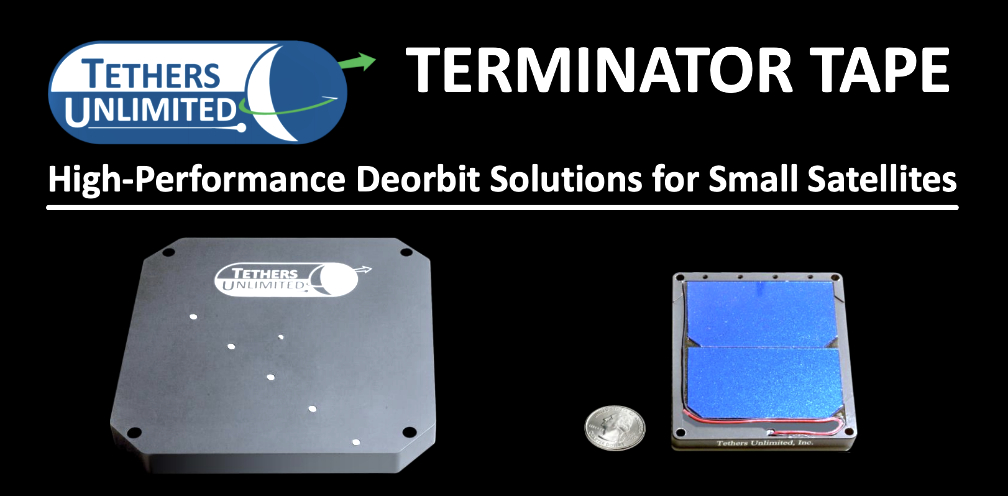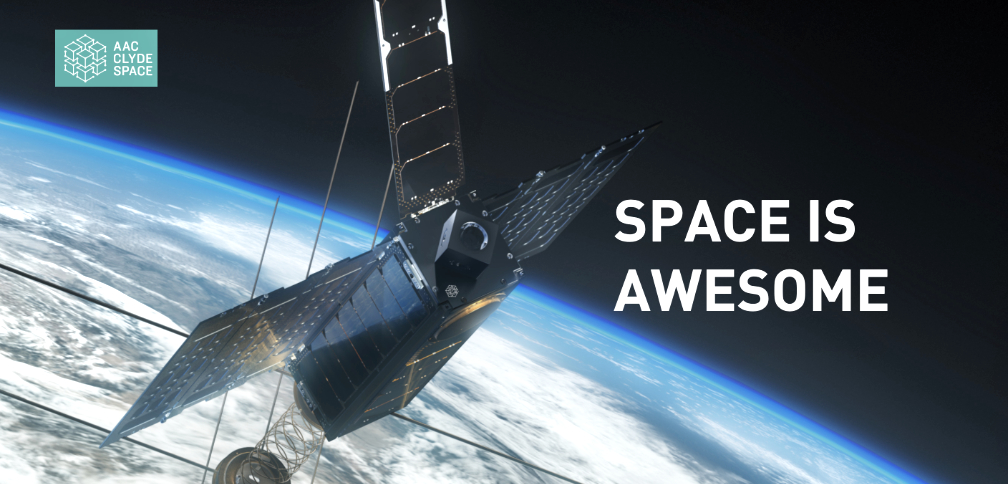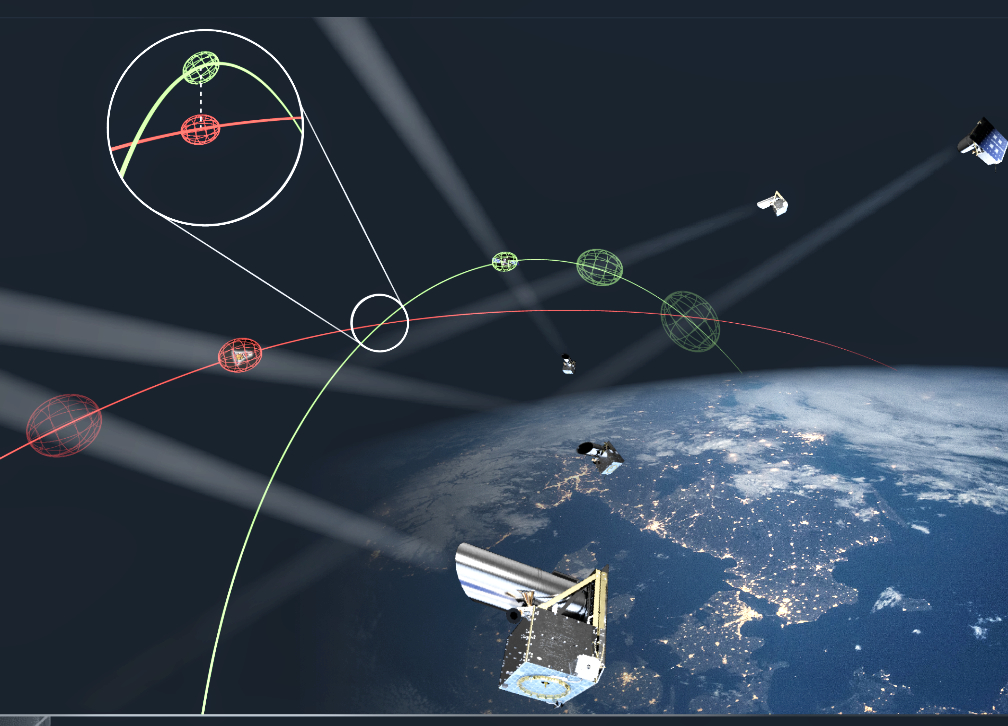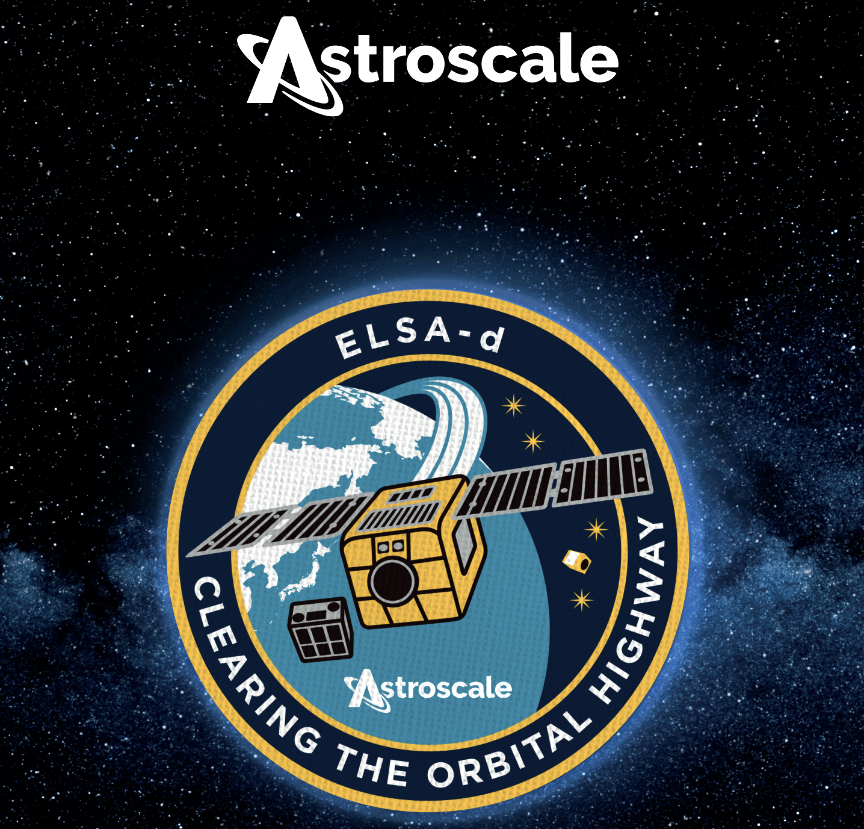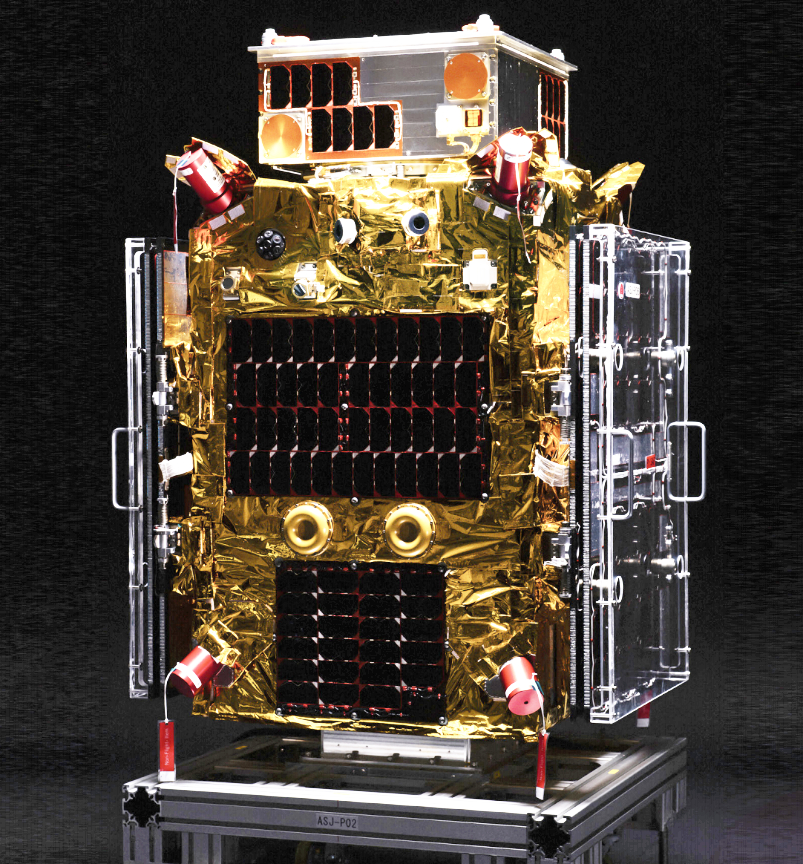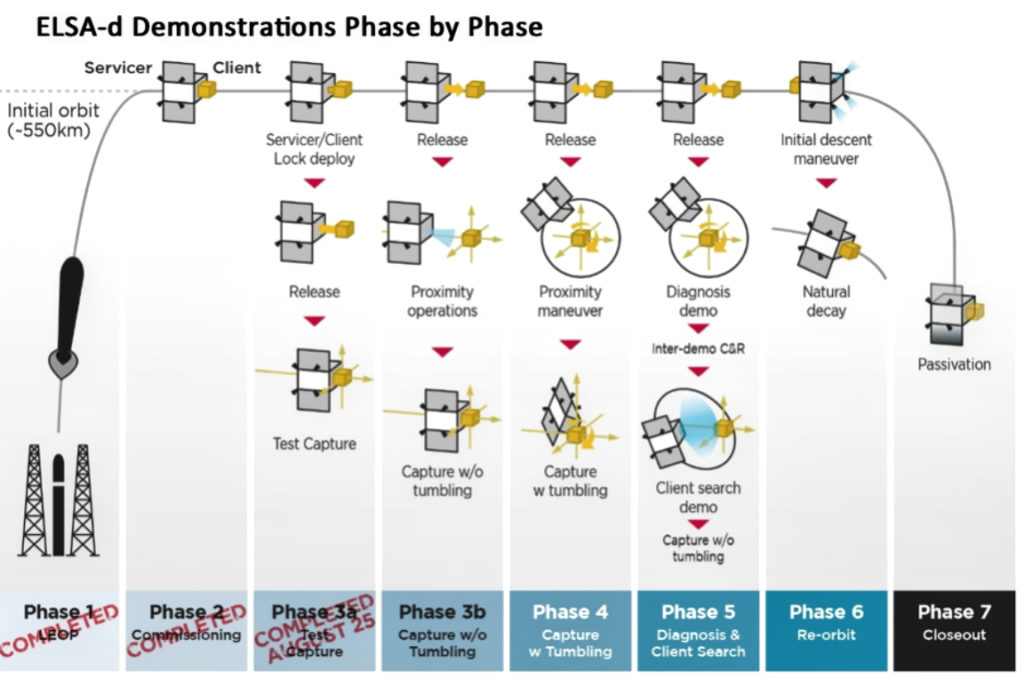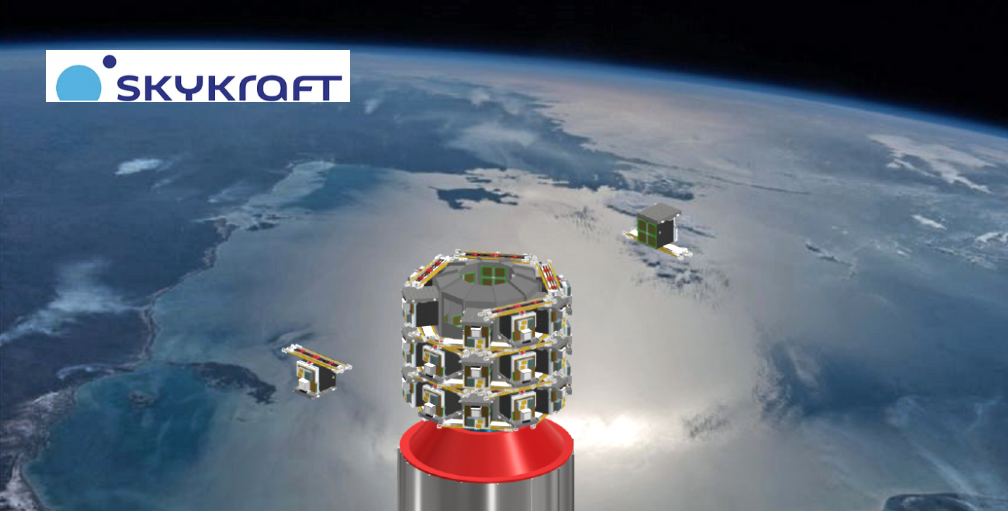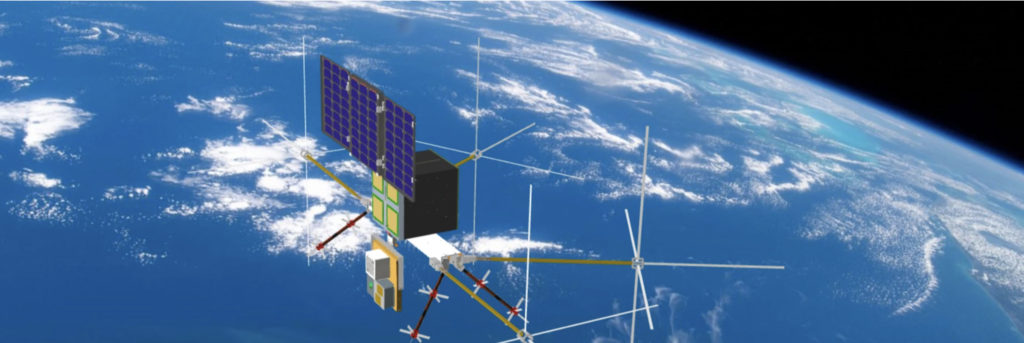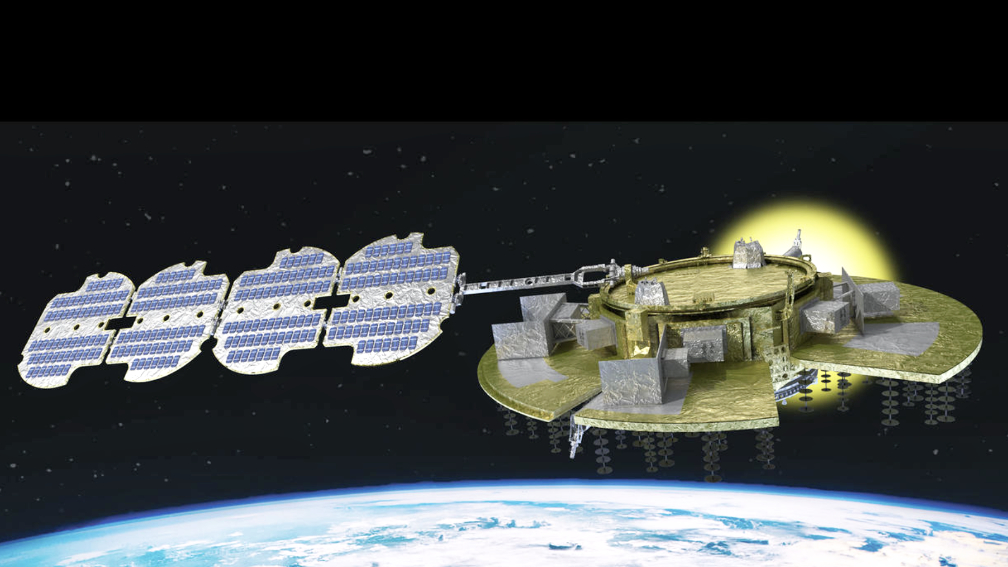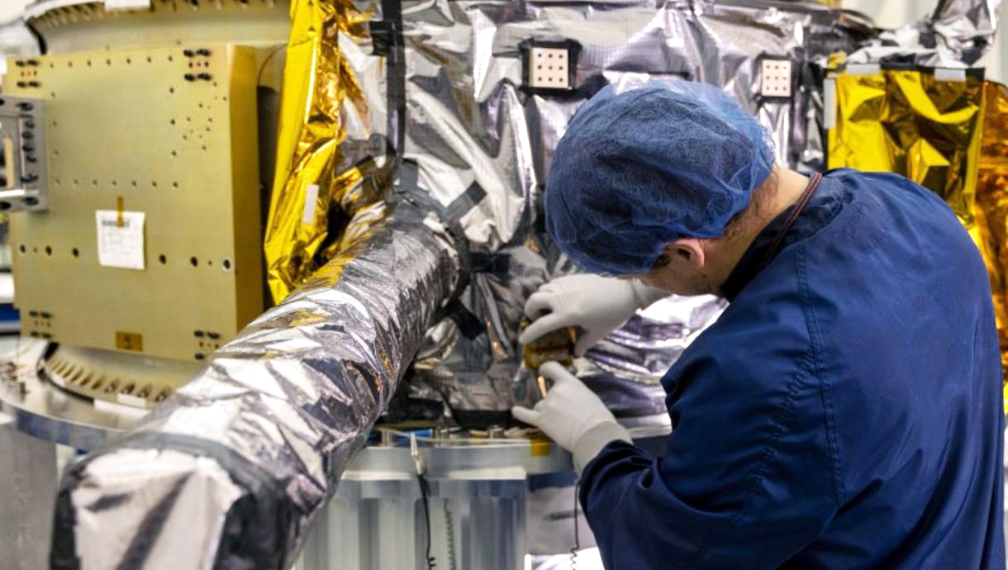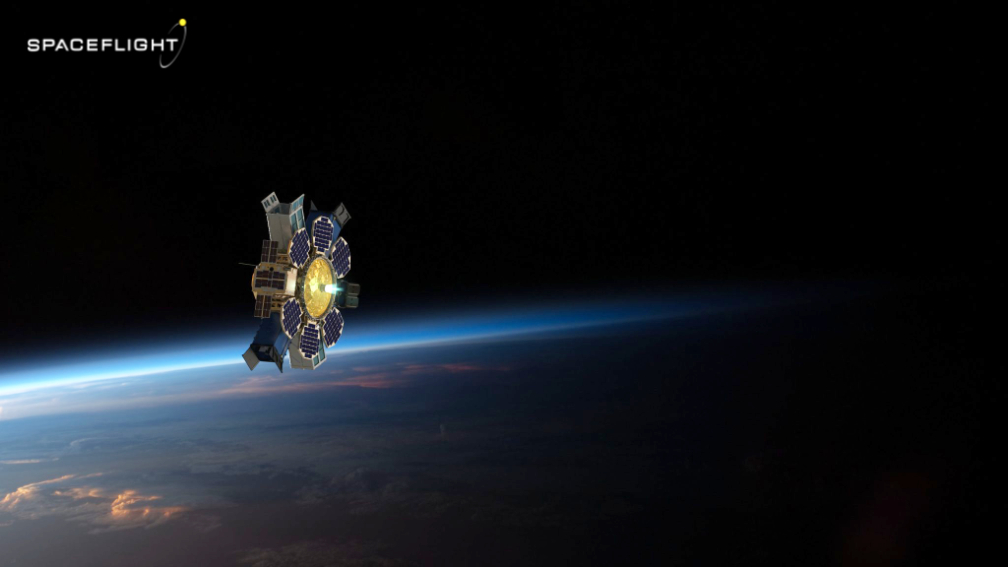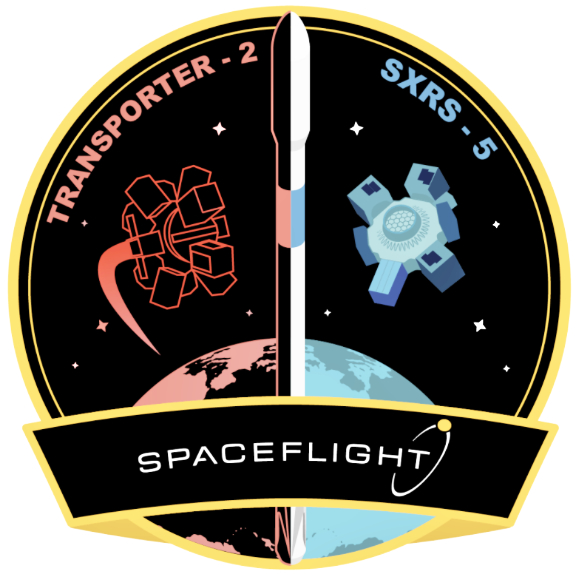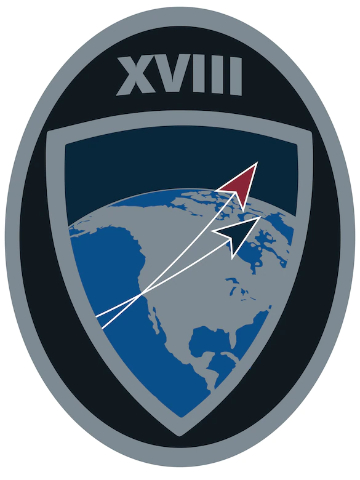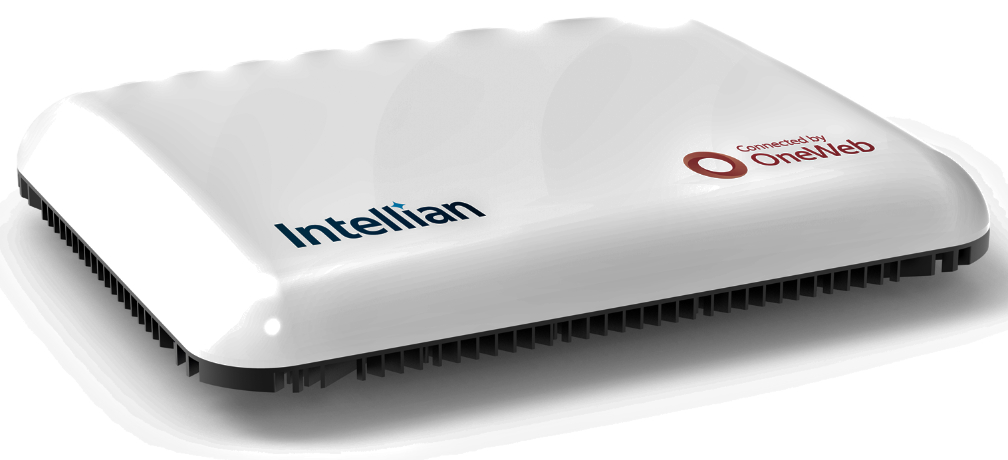
This report from Trends Market Research provides detailed historical analysis of global market for Nanosatellite and Microsatellite (smallsats) from 2015-2020 and provides extensive market forecasts from 2021-2027 by region/country and subsectors.
The report covers the sales/revenue/value, gross margin, historical growth and future perspectives in the smallsat market. The nanosatellite and microsatellite market was valued at $1.55 billion in 2019 and is projected to reach 3.83 billion by 2027, growing at a CAGR of 12% from 2020 to 2027.
Moreover, the impact of COVID-19 is also addressed. Since the outbreak in Decemberof 2019, the COVID-19 virus has spread all around the world and has caused huge losses of lives and economy and the global manufacturing, tourism and financial markets have been hard hit, while the online market/industry increase. Fortunately, with the development of vaccine and other efforts by global governments and organizations, the negative impact of COVID-19 is expected to subside and the global economy is expected to recover.
This research covers COVID-19 impacts on the upstream, midstream and downstream industries. Moreover, this research provides an in-depth market evaluation by highlighting information on various aspects covering market dynamics like drivers, barriers, opportunities, threats, and industry news and trends. In the end, this report also provides in-depth analysis and professional advices on how to face the post COIVD-19 period.
The research methodology used to estimate and forecast this market begins by capturing the revenues of the key players and their shares in the market. Various secondary sources, such as press releases, annual reports, non-profit organizations, industry associations, governmental agencies and customs data, have been used to identify and collect information useful for this extensive commercial study of the market. Calculations based on this led to the overall market size.
After arriving at the overall market size, the total market has been split into several segments and subsegments, which have then been verified through primary research by conducting extensive interviews with industry experts such as CEOs, VPs, directors, and executives. The data triangulation and market breakdown procedures have been employed to complete the overall market engineering process and arrive at the exact statistics for all segments and subsegments.
A report sample is available — access the direct infolink for further details…


